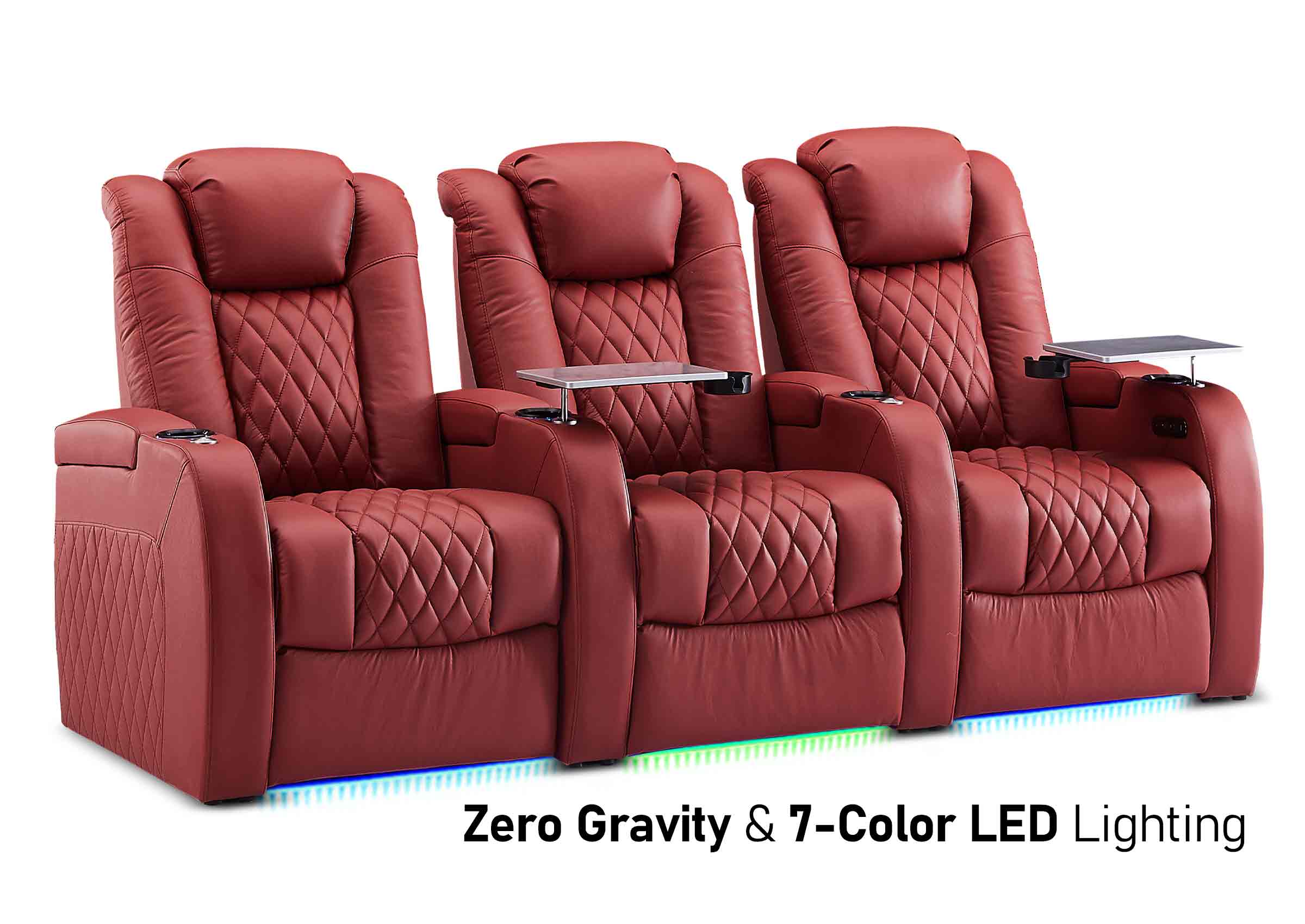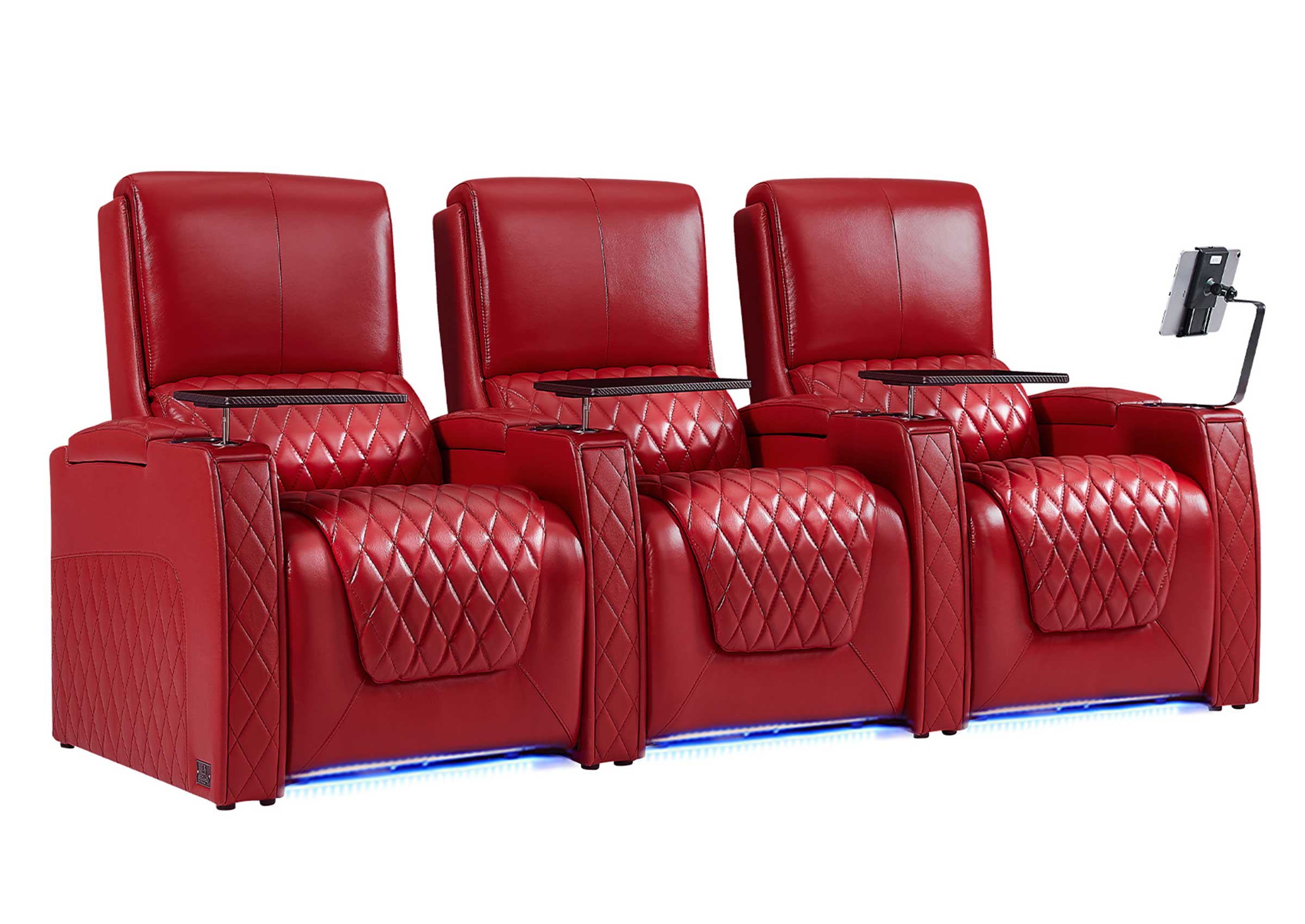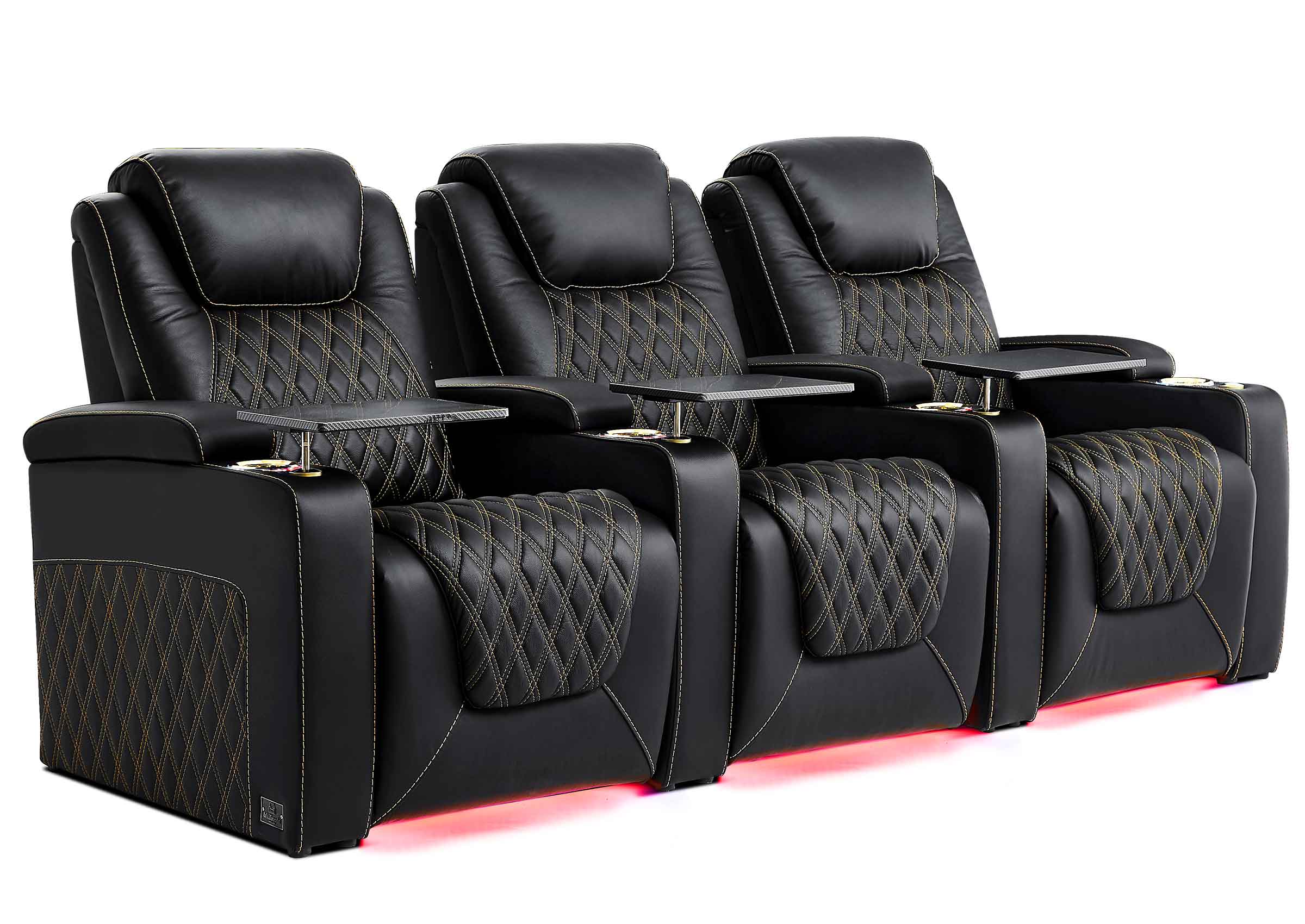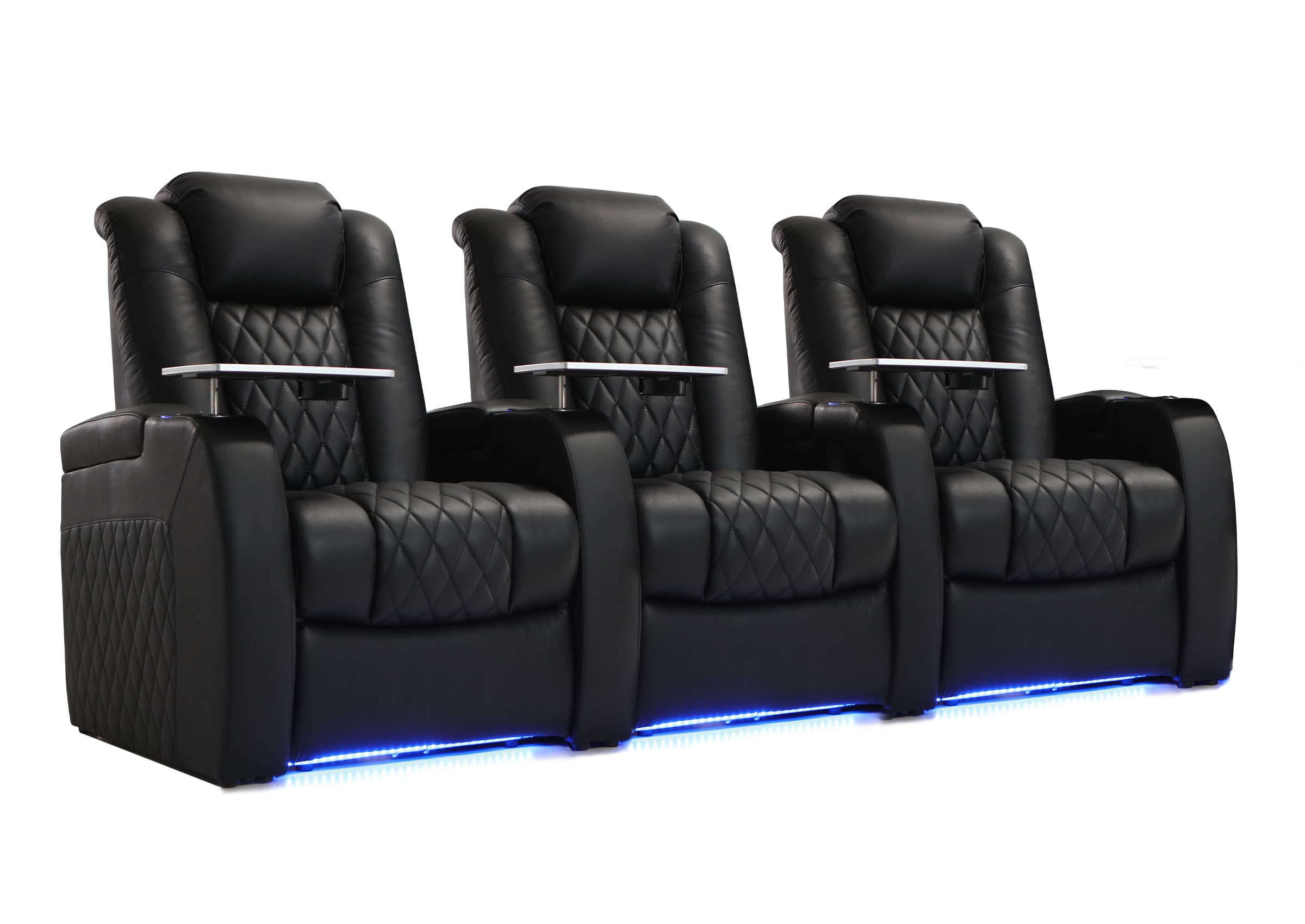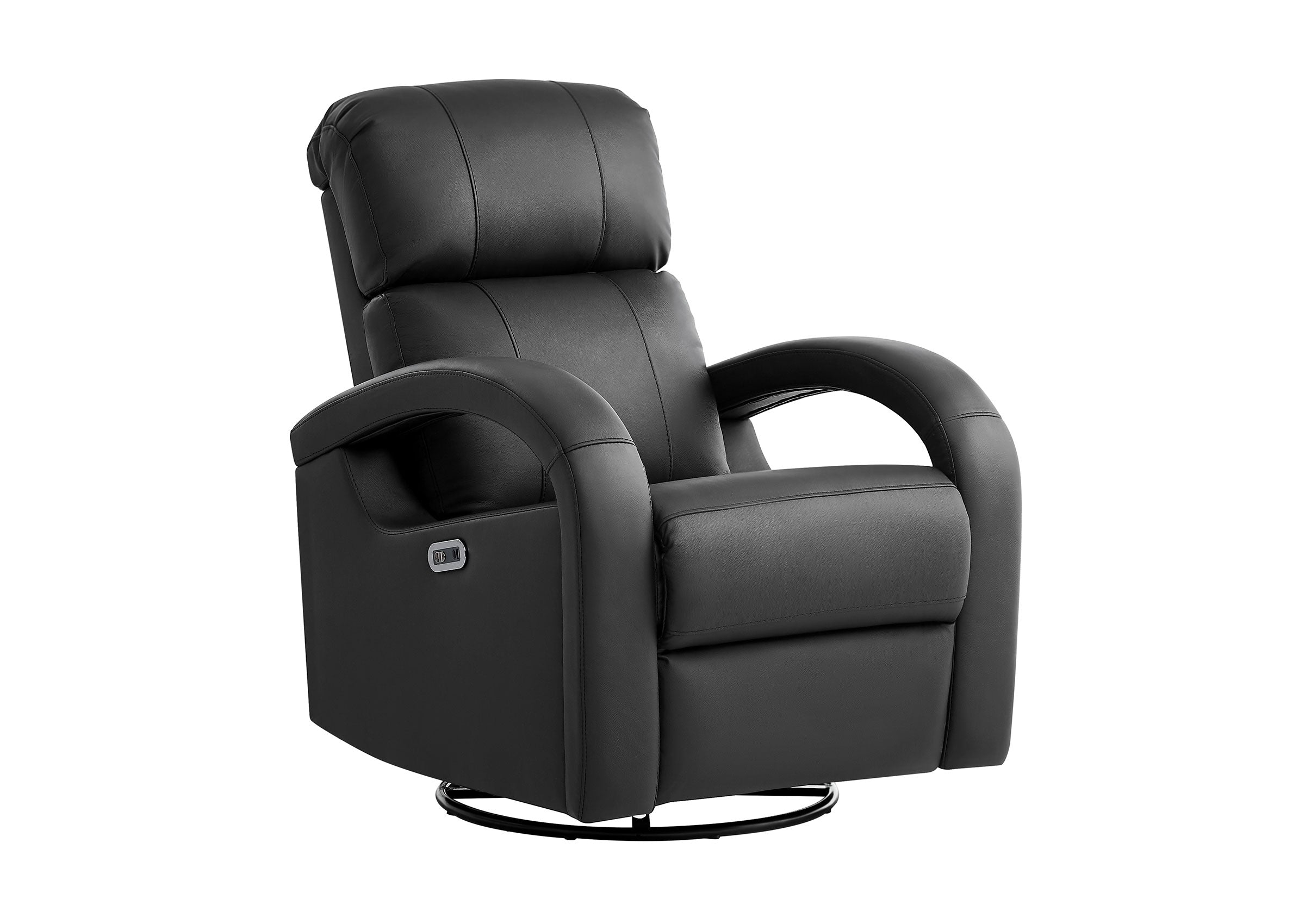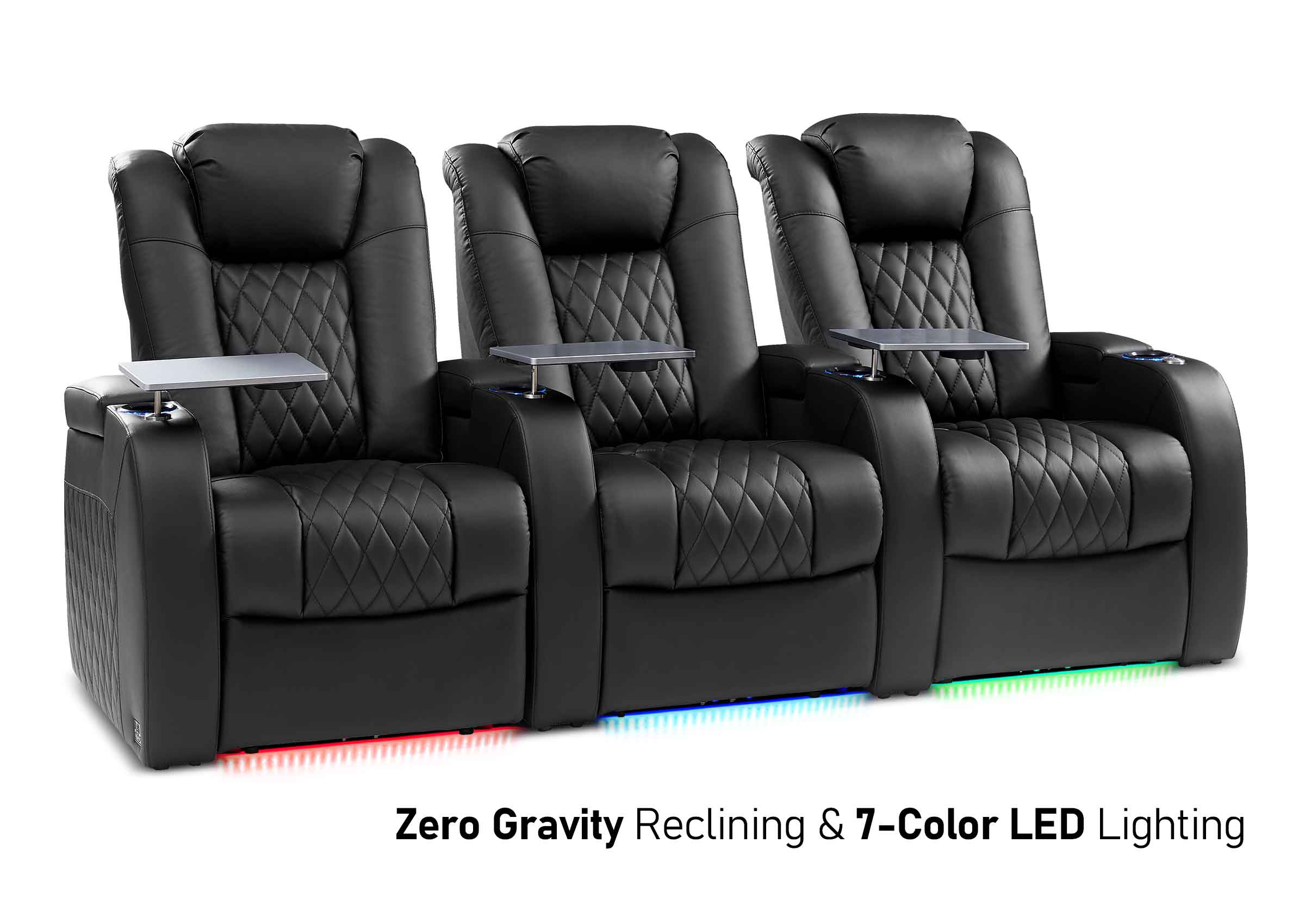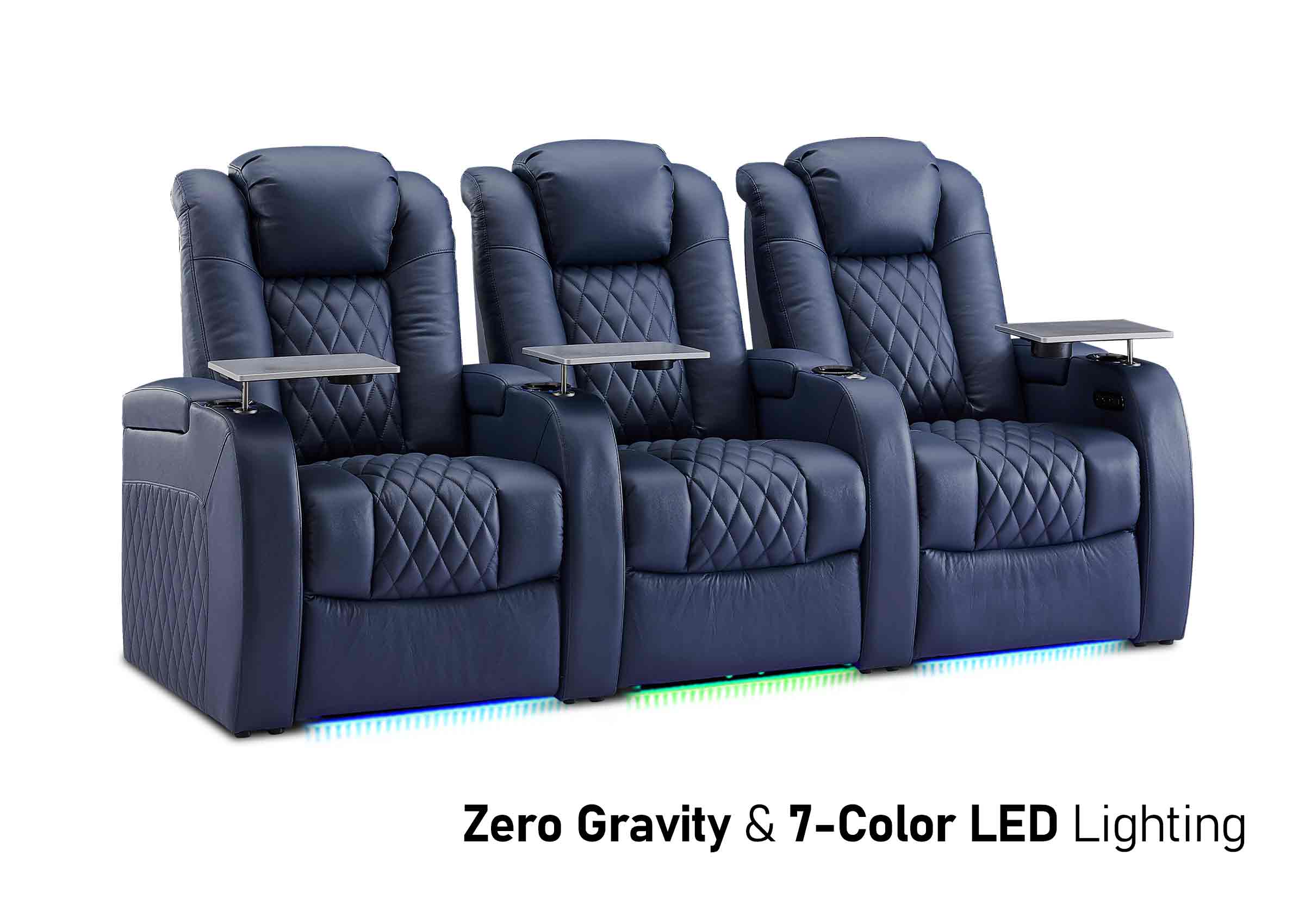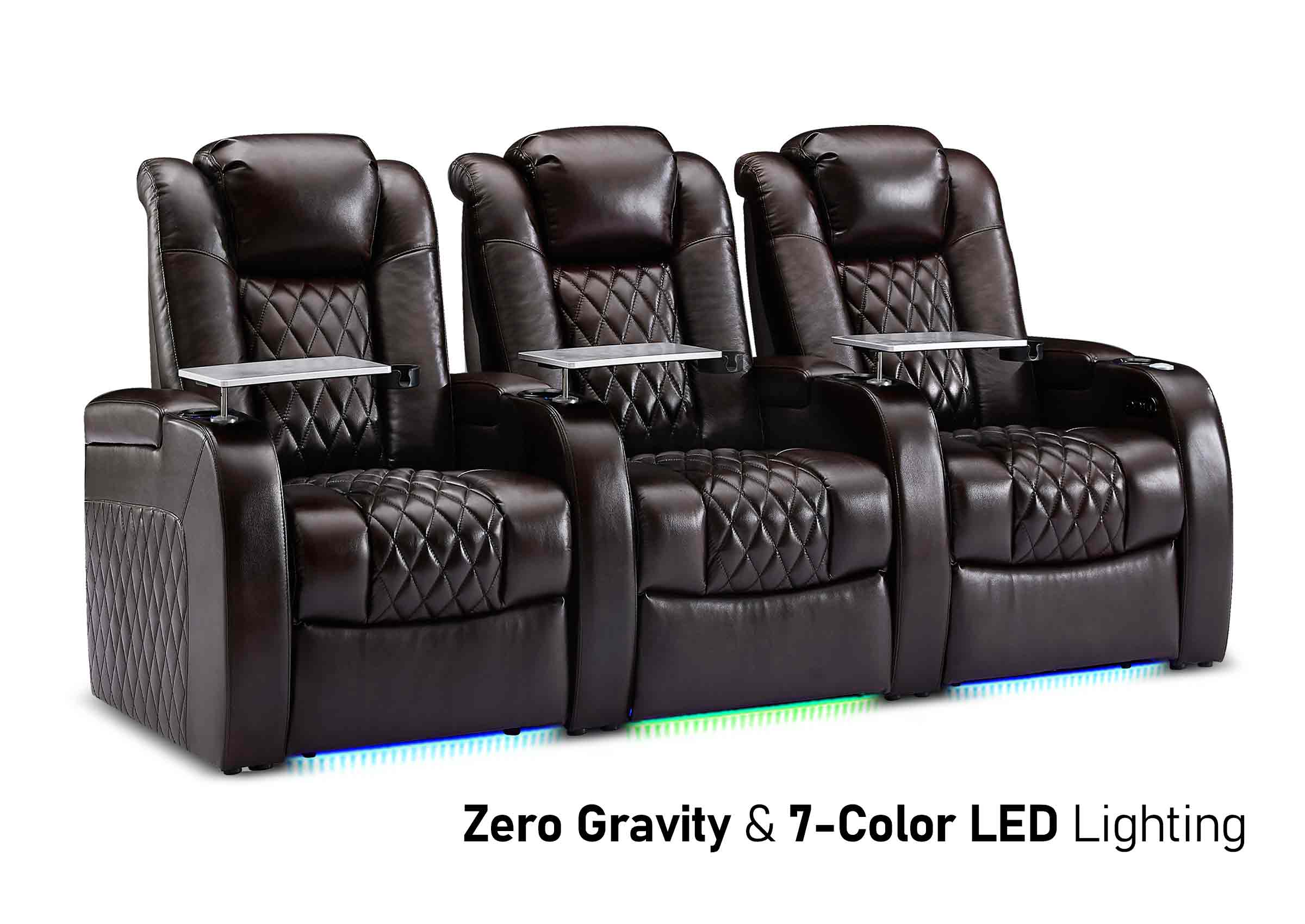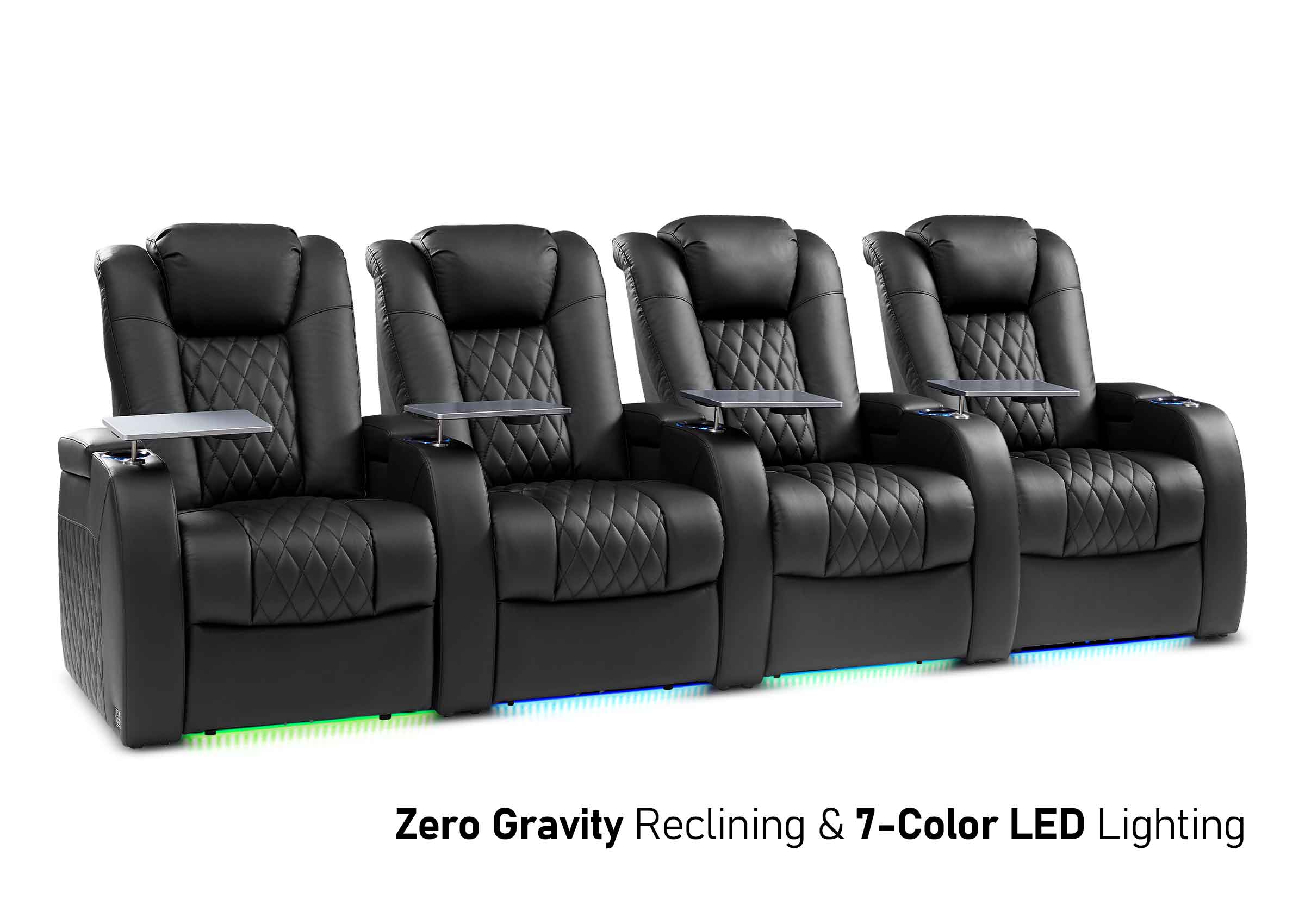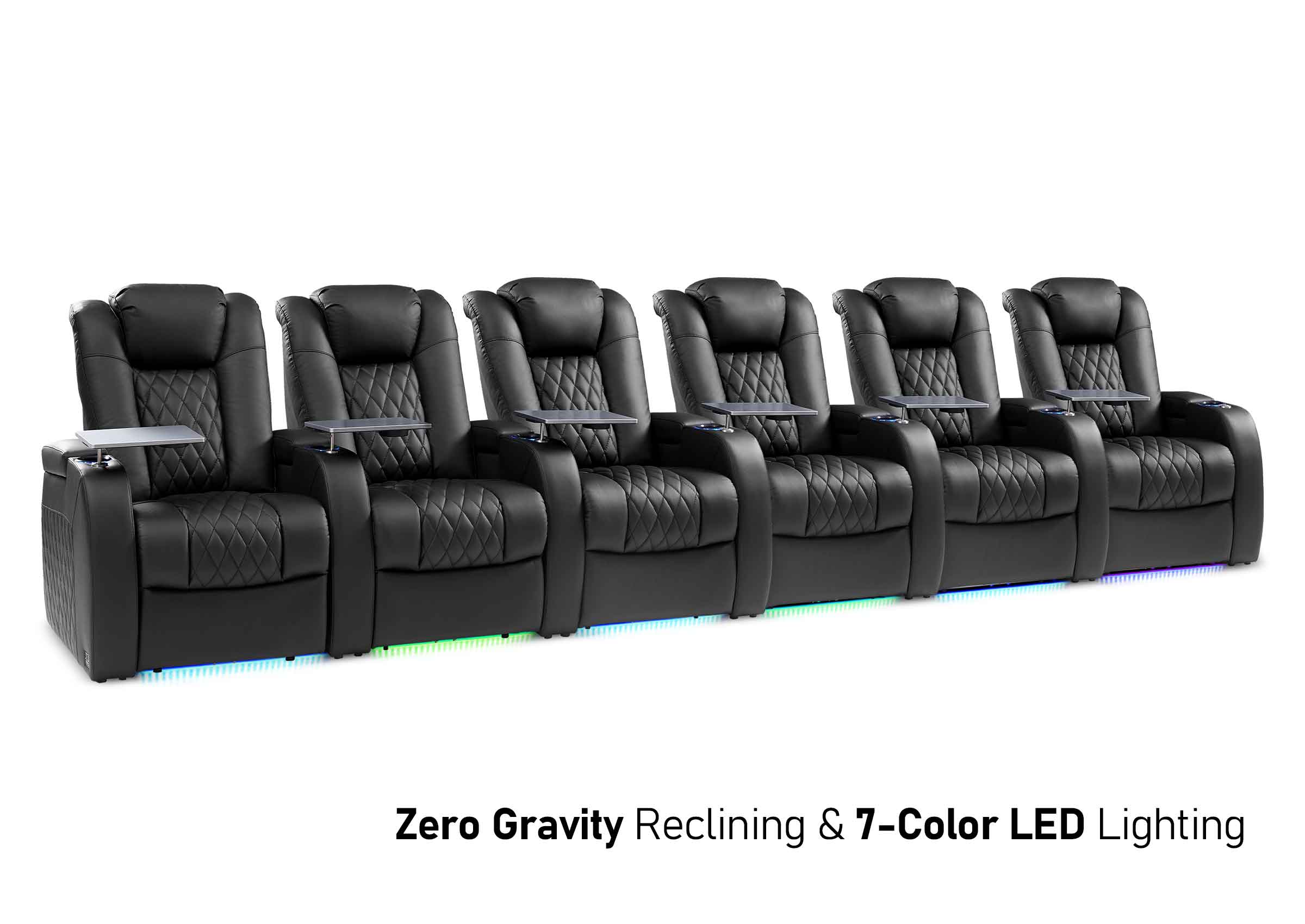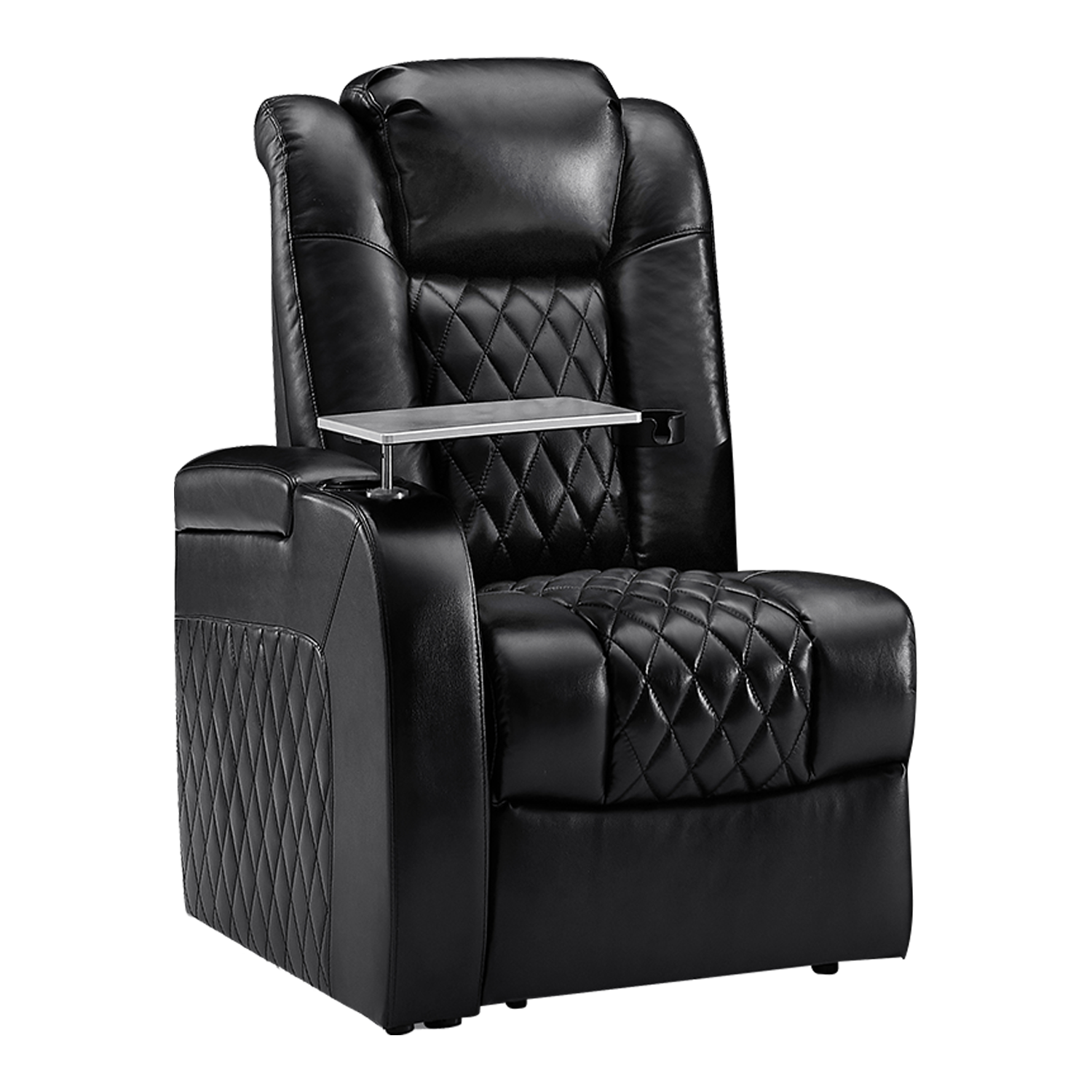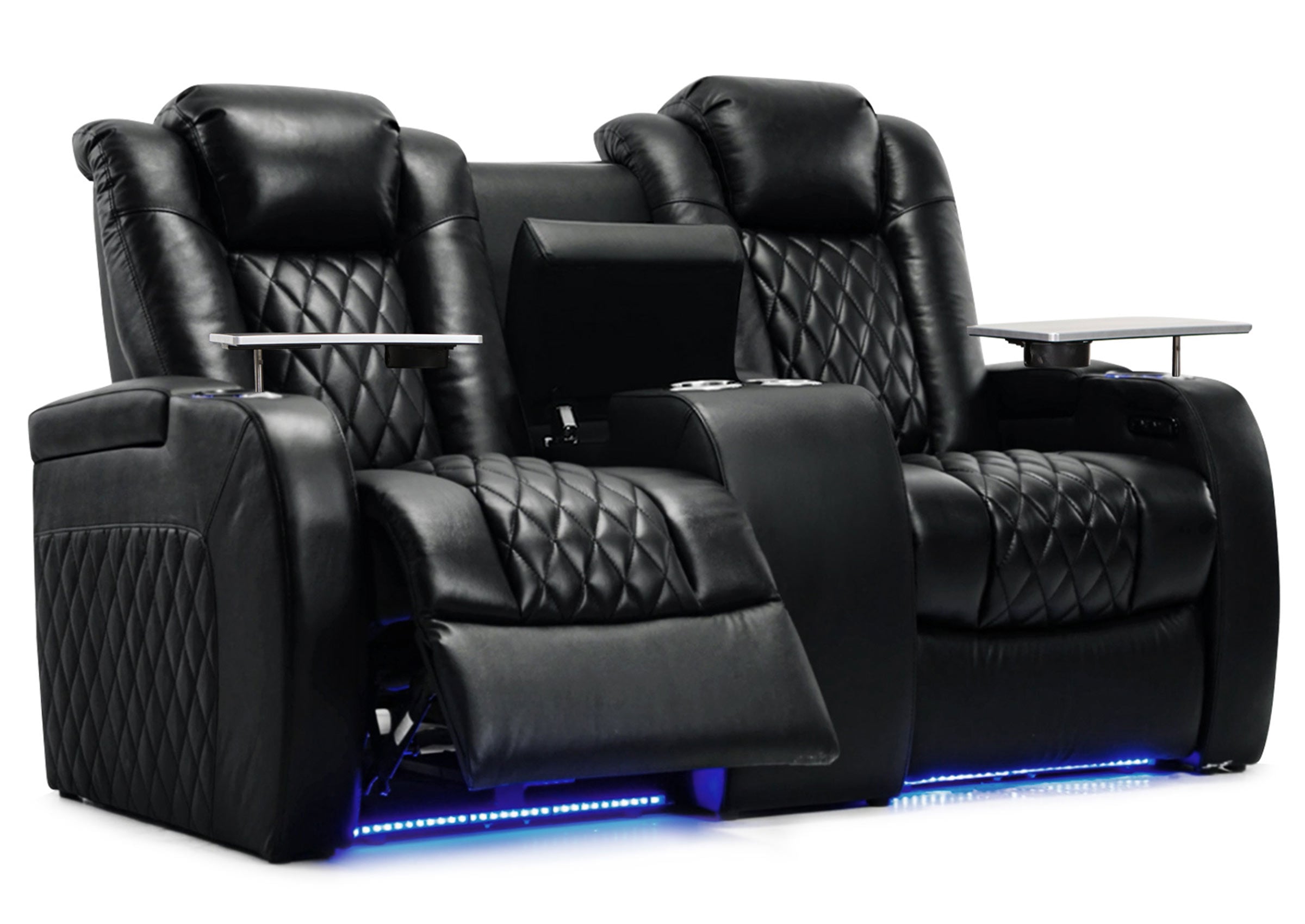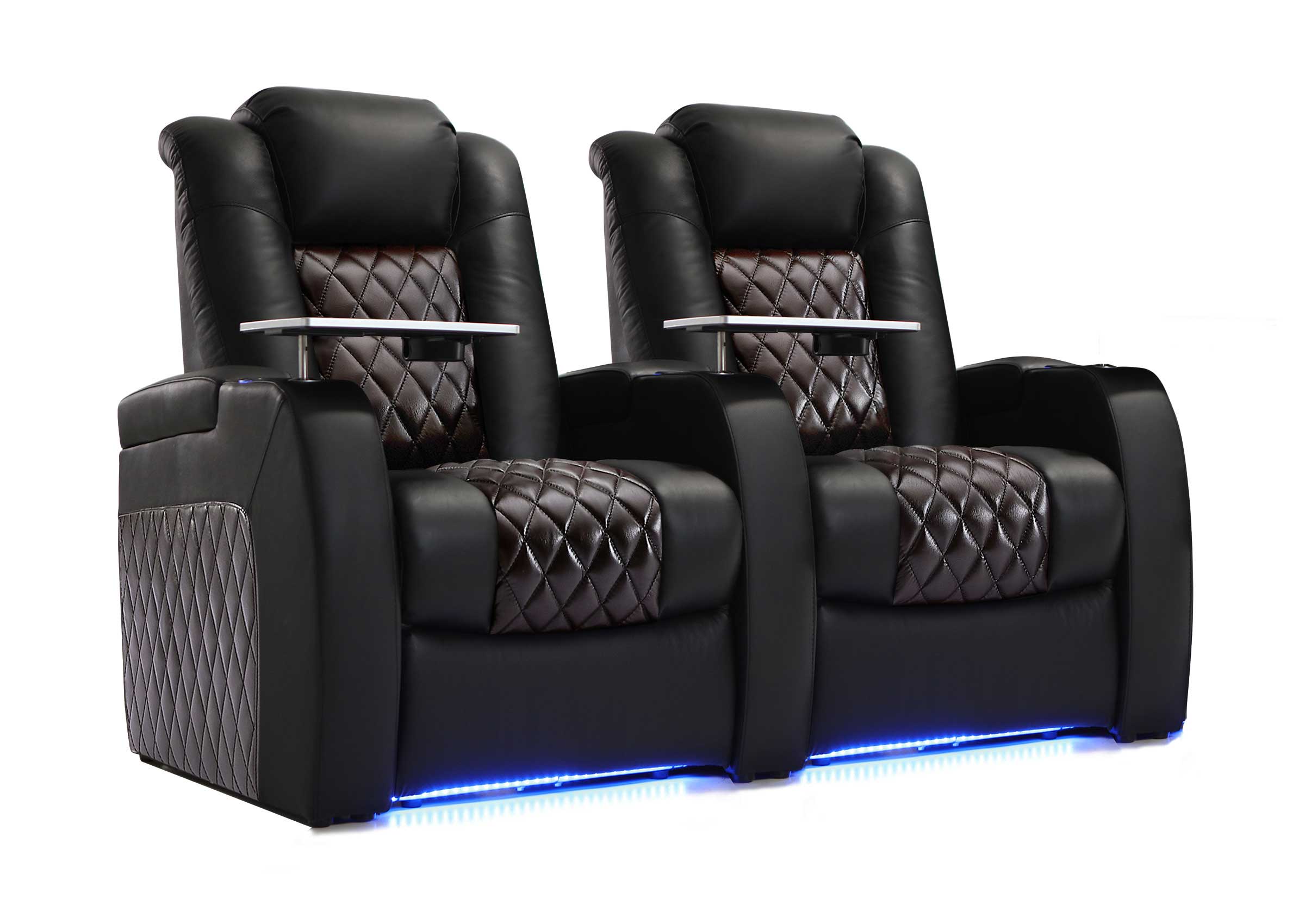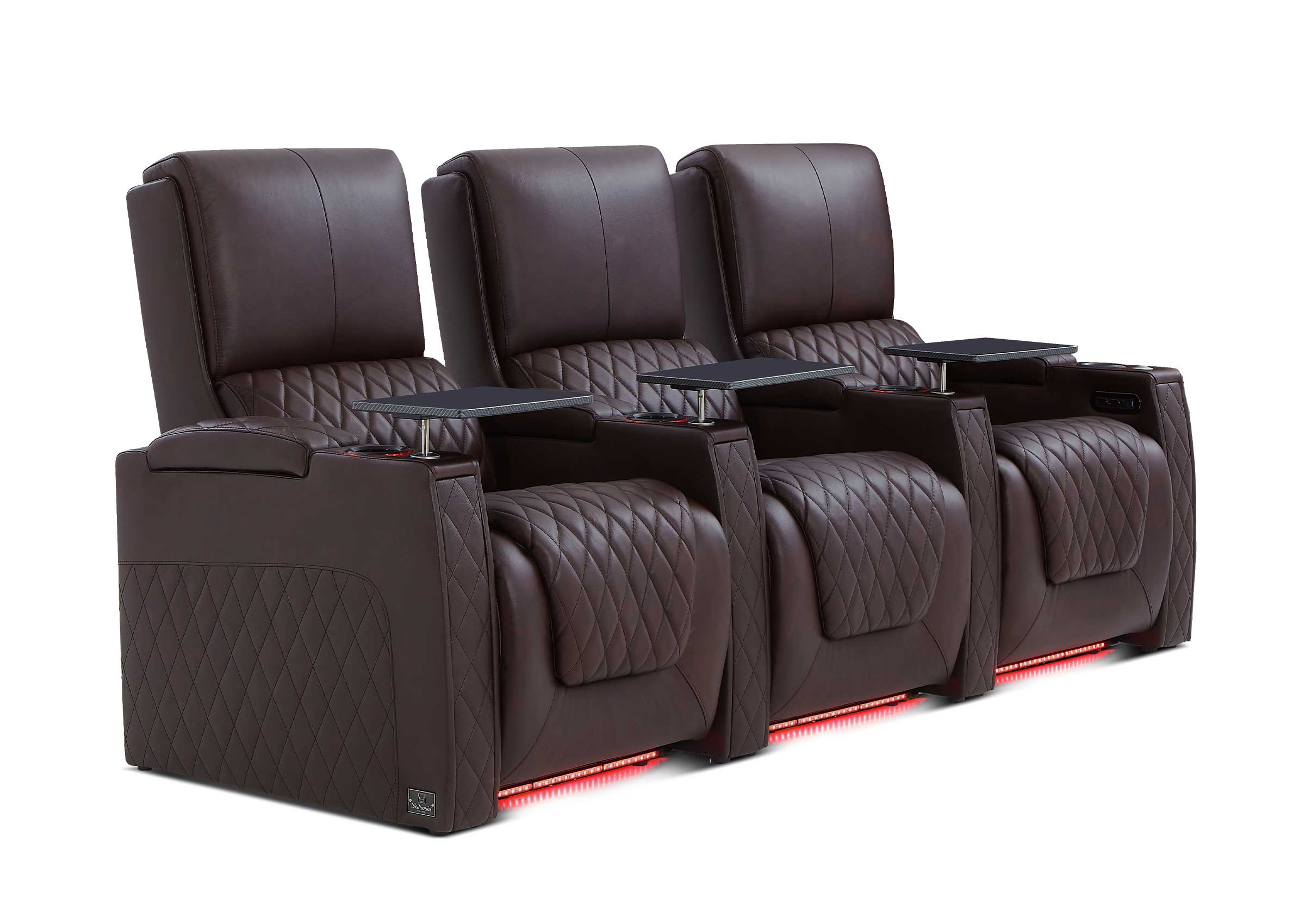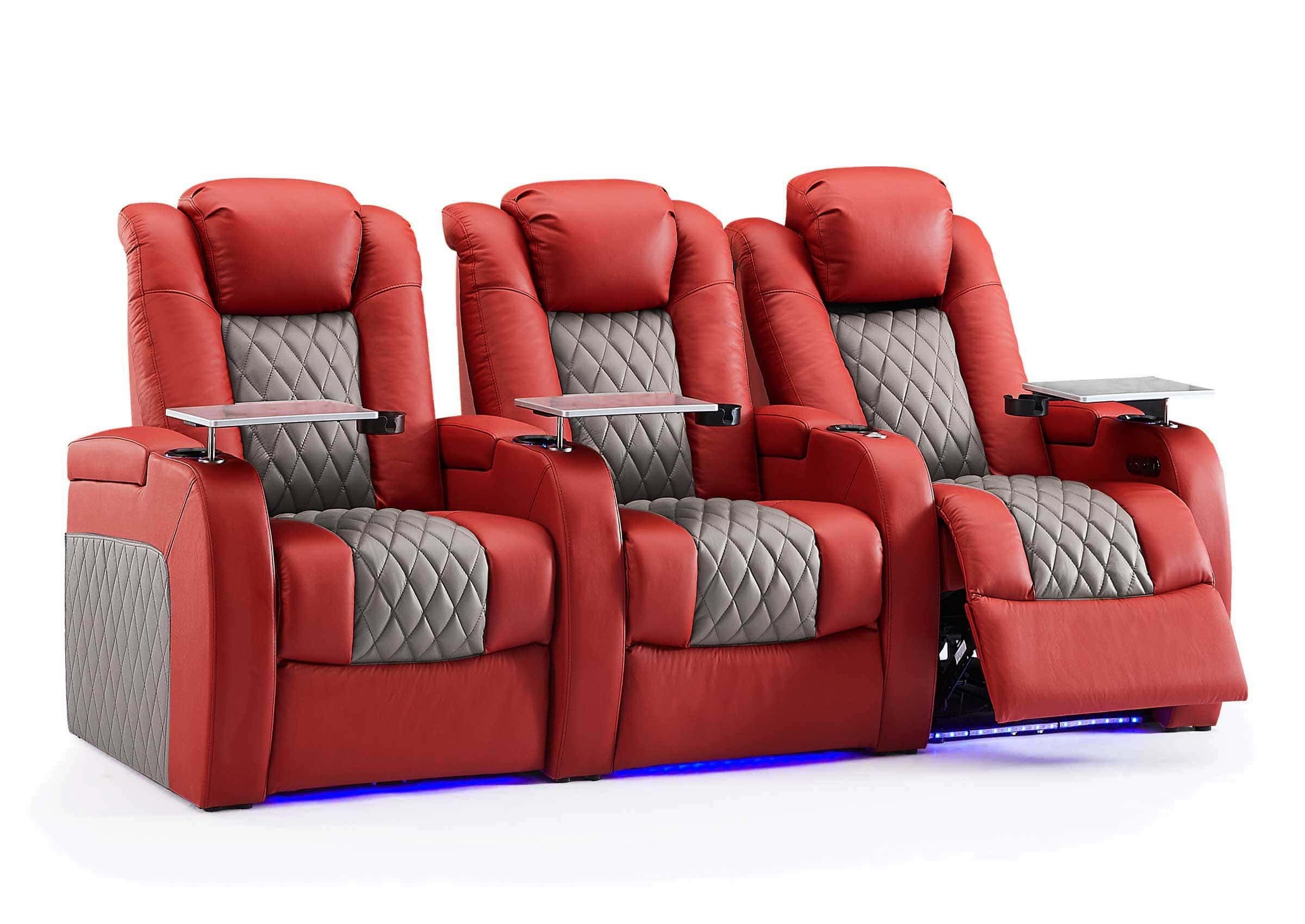A home theater is a dream for many people. They want their own personal movie theater where the magic of the movies comes to life. When I think of it, I often picture huge, expensive rooms that are only for the rich. But it's easier than you might think to make your own home theater experience that is immersive and amazing. Having a well-thought-out setup can change how you watch movies, stream TV shows, play video games, and watch championship sports. If you have a smart $5,000 to spend, this guide will show you how to put together a great entry-level system that will give you hours of fun.
Establishing the Technical Foundation for Your Senses
The video and audio gear in a home theater are what make it work. These elements create the cinematic universe, therefore you'll spend $3,000, or 60% of your budget, on them. However, industry experts often recommend allocating a higher percentage, sometimes 70-90%, to audio and video components to ensure a high-quality core experience. Technology is the most expensive part of making movies, but it's also the most important part for making a strong, balanced background for the stories.
The Visual Centerpiece
A 4K projector is the best choice for really big screens. A lot of the time, the screen is 100 inches or bigger, which is something that a TV at the same price point just can't do. It's worth noting that the market has changed, and 100-inch TVs are now available at competitive prices, offering an alternative for large-screen viewing. Pay attention to a few key features when choosing a projector. Lumens, which measure brightness, are very important. For a room with controlled lighting, look for 1,500 to 2,000 lumens, and for a room with some natural light, look for 2,500 or more. Also, think about the light source. Traditional lamps are less expensive, but LED and laser types last longer and produce better color, so they are a better long-term investment.
It's important to pay attention to the "throw ratio," which tells you how far back the projector needs to be in order to make a certain size screen. A short-throw model can make a big picture from just a few feet away, which is great for smaller spaces. For cost-effective quality, look at brands like BenQ, Optoma, or Epson, which offer excellent entry-level 4K models in the $800 to $1,500 range.
A projection needs a surface to work, of course. A clean, white wall can suffice in a pinch, but a dedicated projector screen is a cheap improvement that makes the picture much better. Screens are covered with special materials that reflect light more evenly and efficiently than wall paint. This makes the colors, contrast, and brightness better. For an inexpensive setup, you can pick from simple pull-down manual screens or fixed-frame screens, which give you the best picture quality by having a flat, tensioned surface. Brands like Silver Ticket or Elite Screens provide great value, with quality 100-120 inch screens typically available for $150 to $300.
The Immersive Soundscape
Complementing the large-scale visuals requires an equally impressive soundscape. While a complex surround sound system might be out of reach, you can achieve incredible audio with more budget-friendly options. A high-quality soundbar, especially one paired with a wireless subwoofer, is a fantastic, user-friendly choice. Look for models that support advanced audio formats like Dolby Atmos. This technology adds a height dimension to the sound, making it feel like rain is falling from above or a helicopter is flying overhead, pulling you deeper into the on-screen world.
Alternatively, a 2.1 channel speaker system (two main speakers and a subwoofer) can offer a wider, more detailed soundstage. This setup typically requires a small audio-video (AV) receiver to power the speakers and manage your inputs, but the result is a dynamic audio experience with excellent stereo separation. For a simple but powerful setup, consider a Dolby Atmos soundbar from Vizio or Sonos ($500-$900). Alternatively, an entry-level AV receiver from Denon paired with bookshelf speakers from brands like Klipsch or Polk can provide a fantastic 2.1 experience for under $1,000.

Creating the Centerpiece of Comfort for Total Immersion
Just as crucial as the technology is the element of comfort. This is where you and your guests will connect with the film, and for many, comfortable seating forms the true heart of the home theater experience. Plan to allocate around $1,250, or 25% of your budget, here. Budget allocation can vary greatly, with some guides suggesting a lower percentage for seating to prioritize audio-visual equipment in a tight budget. The right home theater seating can make the difference between simply watching a movie and truly feeling a part of it, especially during a long film marathon.
The Versatile Sofa
A large, plush L-shaped sofa is an inviting and practical option, perfect for hosting family and friends for a casual movie night. It creates a relaxed atmosphere and offers plenty of room to stretch out. When choosing a sofa, consider modular designs that can be reconfigured to fit your space perfectly. For materials, durable fabrics are often comfortable and cost-effective. Adding an ottoman can provide a place for everyone to put their feet up, further enhancing the cozy, communal feel of the room. This choice is ideal for multi-purpose spaces where the seating needs to be functional for more than just watching movies.
Dedicated Cinema Seating
For a more focused and authentic cinema feel, consider an individual home theater recliner. These are ergonomically designed for long-term viewing pleasure and are the pinnacle of personal viewing comfort. Even on a budget, you can find recliners with valuable features like powered recline mechanisms, built-in USB ports for charging devices, and convenient cup holders. Some may even offer adjustable headrests to ensure you have perfect neck support. As a high value-for-money tip, look for clearance deals. For instance, a set like the WEILIANDA luxury series row of 2 in black/grey can be found for around $1149, offering premium features at an entry-level price.
Please note that pricing is subject to change, and current models in this series may be listed at a different price point on our official site. When planning your layout, be sure to leave enough space behind the recliners for them to fully extend and consider staggering them on a small riser if you have a second row to ensure everyone has an unobstructed view of the screen.

Applying the Final Polish to Your Cinematic Space
Once the most important technology and comfort features are in place, you should spend the last $750 (15 percent of your budget) on finishing touches. While important, this allocation is generous; many budget builds assign a smaller percentage, around 3-5%, to accessories like cables and mounts. These things set the environment, which makes your other parts work better and ties the whole experience together.
Mastering the Lighting
To get the best view from your projector, you should be in a dark room. It's easy and doesn't cost much to block light that you don't want to see with blackout curtains. To make the right low-light atmosphere, change the lights inside to dimmer switches or smart bulbs. That way, you can turn off the lights just as the movie's starting credits come on. You could also put a line of neutral, soft light behind your screen to make it look better. You can watch for a long time in a dark room, and this light glow can help your eyes stay tired. This makes the experience better.

Tuning the Acoustics
Sound waves bounce off of hard objects like windows, bare walls, and hardwood floors. They amplify sound waves as they reflect them, which in turn causes reverb and echo, which can make conversation hard to make out. It would be like attempting to hold a conversation in a furnished living room compared to an empty gym. Placing a big, thick area rug on the floor is an easy and cheap way to fix this. A bookshelf full of different-sized books and heavy drapes are two other common home items that do a great job of absorbing and diffusing sound, making your sound clearer and more direct.
Your Personal Cinema Awaits
It doesn't cost a lot of money to build your dream home theater. In order to make a beautiful home theater for less than $5,000, you should carefully choose high-quality electronics and comfortable seats, and you should also set aside some money for lights and sound. This balanced method makes sure that no important part is missed, creating an experience that flows well and feels real. More than just a place to watch movies, this is the beginning of a fulfilling pastime that will provide you joy for many years to come.








